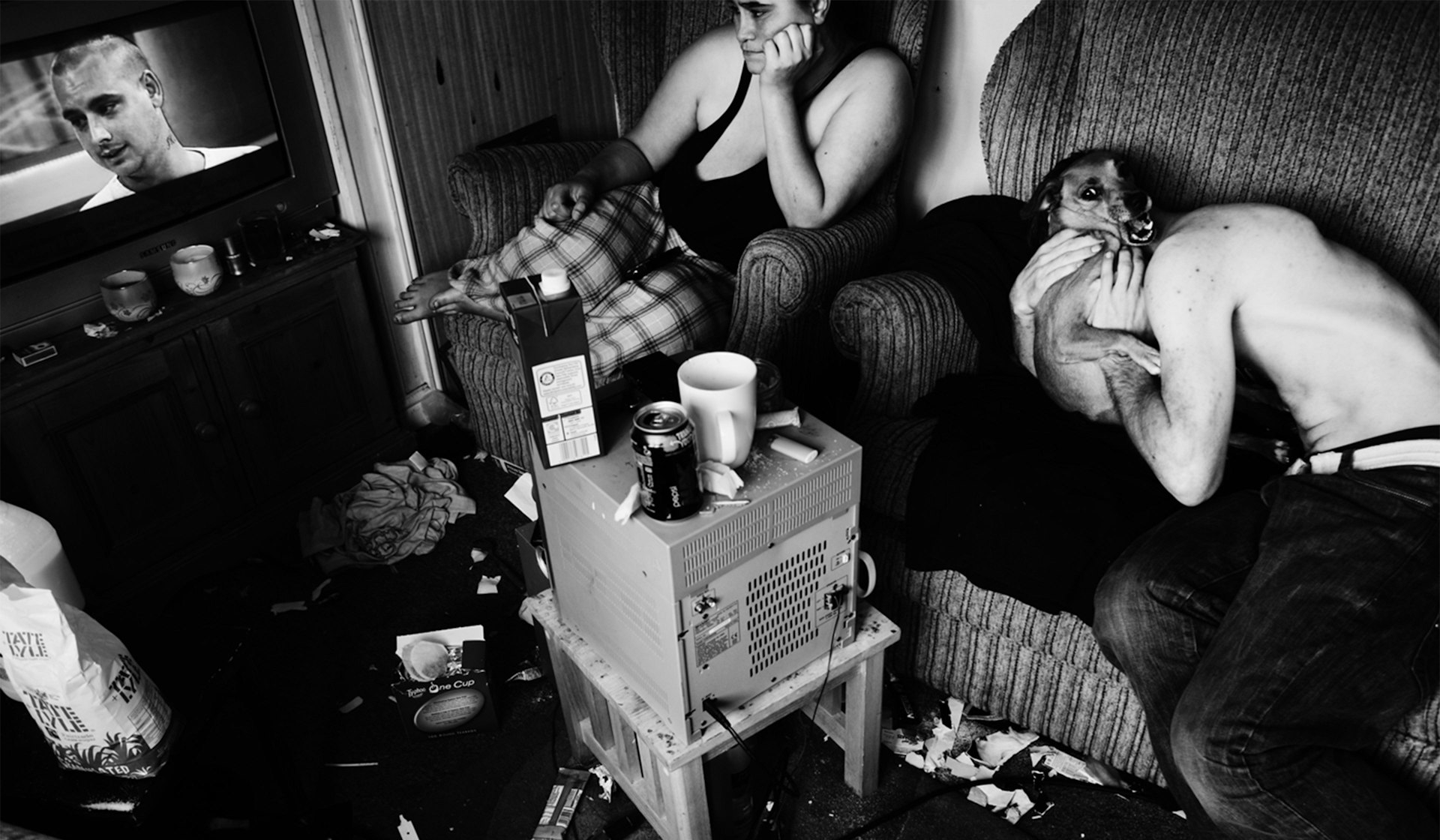- Text by Alex King
- Photography by Mídia Ninja
“Has anyone among you been exposed to tear gas?” Mídia Ninja co-founder Bruno Torturra asked his audience at TEDGlobal Rio de Janeiro in October. Covering numerous protests led Bruno to realise that tear gas has two main functions: it burns eyes, but more importantly, it also has the power to open them. Reporting for Brazil’s influential citizen journalism collective while dodging tear gas canisters and trying to stay one step ahead of riot police confirmed to Bruno that, “livestreaming and the power of independent broadcast through the web can be a game changer in journalism, in activism, and as I see it, in the political discourse as well.”
Young people have been at the forefront of popular resistance against governments and powerful interests around the world, and rightly so: the men in charge are presiding over an age of economic collapse, repression and environmental destruction. As protests have grown, 2014 might have been a great year for tear gas manufacturers but it has also been a key year for the citizen journalist. Anyone from Istanbul to São Paulo to Damascus to New York who shared photos or video online has helped shape the narrative and wrest control away from broadcasters and media conglomerates. The power of citizen journalists will only increase, but what is their future and how will they impact on democracy?
The citizen journalism revolution didn’t spring up overnight. Artist and photographer Clayton Patterson helped lay the groundwork for today’s web-connected media activists. On the night of August 6, 1988, New York City police attempted to enforce a new curfew over Tompkins Square Park in East Village, in retaliation for a scuffle with local anarchists the week before. Police violently broke up the rally held in opposition to the curfew, then the baton-wielding officers spilled out into the surrounding streets and began beating anyone who did not move. Long before the birth of the internet, Clayton was out filming the whole thing on his VHS camcorder – the first time the new technology had been used in this way. He wasn’t the first person to film a riot, but he was the first Average Joe to use his footage to challenge how the authorities said shit went down. He captured multiple incidents of police brutality, revealed senior officers had lost control and proved it was a police riot. Authorities tried to seize the footage, but he went to jail rather than hand it over. After his release he appeared on Oprah, held the camcorder aloft and declared, “This is a revolutionary tool. Little Brother is watching Big Brother.” His video tapes led directly to the indictment of six police officers, the removal of the precinct’s captain and prompted a major reorganisation of the entire NYPD.
As technology has shrunk and made it easier to access the tools needed for citizen journalism, one of its more powerful and most-used functions remains the ability to expose police brutality. In 2009, Guardian journalist Paul Lewis used Twitter to search for footage of newspaper vendor Ian Tomlinson’s death at the London G20 protests. Police initially said protestors had impeded medics from treating Tomlinson, but as the video he unearthed shows, he was pushed to the ground after posing no threat to officers and left to stumble away before he eventually collapsed. More recently, Ramsey Orta filmed NYPD officers in Staten Island killing Eric Garner with an illegal chokehold. The video galvanised protestors to get out onto the streets and in fact, Garner’s last words recorded on the video ‘I can’t breathe’ have become the cry of the anti-police brutality movement worldwide.
Brazil’s Mídia Ninja, which stands for ‘independent narratives, journalism and action’ in Portuguese, was established in 2011 out of frustration with news that often failed to challenge the official story. When the biggest protests in Brazil’s history kicked off in June 2013, Ninja were in the heart of the action. They used mobile phones and social media to livestream unfolding events and their extensive, up-close reporting changed perceptions of the protests. The collective use their extensive network to report on social issues and sections of the population that are usually ignored by the mainstream media. “We had a very solid and clear conviction,” explains Bruno. “We knew the hyper-connected environment of social media could maybe allow us to consolidate a network of experimental journalists throughout the country.” Ninja’s intention was never to compete with the mainstream, but to fill this space by helping people build a new DIY form of popular communication.
Bruno is convinced that livestreaming is the next frontier of citizen journalism, and that it will have far wider implications for society. “After watching people using it not only to cover things but to express, to organise themselves politically, I believe livestreaming can turn cyberspace into a global political arena where everyone might have a voice, a proper voice,” he explains. “Livestreaming takes the monopoly of the broadcast political discourse, of the verbal aspect of the political dialogue out of the mouths of just politicians and political pundits alone. It empowers the citizen through this direct and non-mediated power of exchanging experiences and dialogue. It empowers them to question and to influence authorities in ways that we’re about to see.”
Check out Huck’s Mídia Ninja profile.
